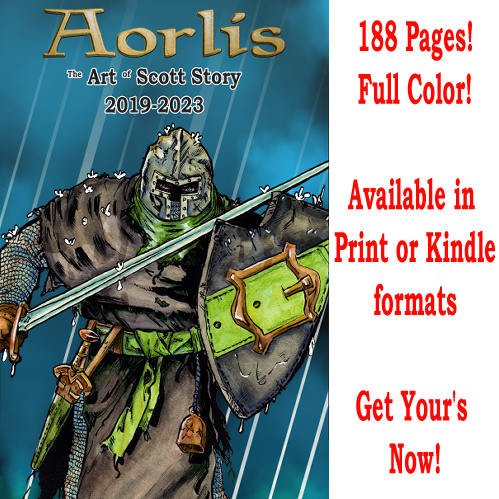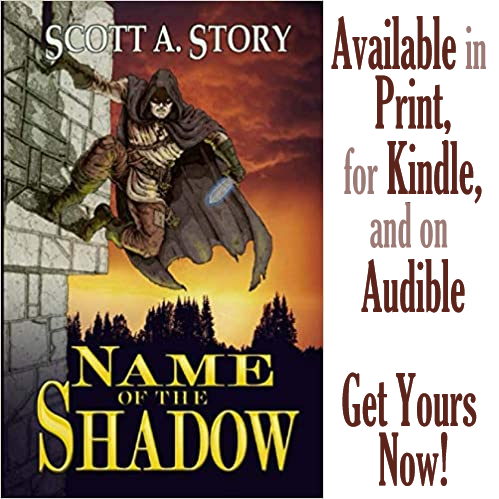Horses
Medieval Horse Power!
People these days usually are not that literate about horses, and unfortunately that includes many writers and gamers who should know better. I’ve read many stories where horses seem more like medieval motorcycles, a mode of transportation and war that are mentioned but otherwise not referenced. That truly is a missed opportunity for storytelling and character.
Horse Classification
Horses were classified by their use, not their breed. Knights kept multiple horses, some for riding, some for war. Some horses, such as coursers, were useful for both riding and war. Most common coat colors were black, brown, bay, or gray, and feathering on the legs was desired. European horse stock was strongly influenced by Iberian (Spanish) horses, or Moorish breeds, mainly the Arabian.
Hands
Horse height is measured ground to withers, which is the ridge between their shoulder blades. The customary unit of measurement is the hand, which equals 4. Fractions after the period reflect inches. Adult horses have a lifespan of about 25 to 30 years, range in weight from 1,500 to 2,200 lbs, and can sprint up to around 55 miles per hour.
Primary Horse Types
Destrier
Also called a charger or great horse, these beasts were bred for war and jousting, not riding or travel. Modern myth depicts destriers as giants, much like modern Norman cobs, but these war horses were about 16 hands high and rarely larger. It has been theorized that enormous horses made fighting from horseback harder by putting the fighter too high above foot soldiers. Destriers were strong, with thicker bodies and more mass. They were hot-blooded, combative, and those with red, triangular eyes were prized. Some knights were known to treat their war horses almost as family. Destriers are known for having rough gaits, making them too punishing for travel.\Courser
These equines were also used as warhorses, and they may have outnumbered destriers on the battlefield. A courser is an excellent riding horse, but also favored for hunting and battle. They are about 15 to 16 hands high, and noted for being long-winded and having a smooth gate. They are light, fast, and strong.Palfrey
Also called Amblers, for their exceptional four-beat gate that made them a smooth for riding and comfortable. While not bred for war, they are prized for travel, hunting and ceremony.Rouncey
Also called a Hackney or Rounsey, these were general purpose horse. They are versitile mounts could be trained for battle, but this was not the standard. These equines are favored by knights on a budget, squire, men-at-arms, vavasseurs and others. They may be further subdivided as:Other Equine Types
Donkeys—Also called a burro or an ass Jack—Male donkeys are also called jacks. Mules—Born of a male donkey and female horse Hinny—Born of male horse and female donkey Pony—This type of horse stands 10-12 hands high, with has a more shaggy coat, thick mane, and beard. Their conformation includes short necks, long backs and large ribcages for outstanding stamina. These sturdy animals have gentle faces with large eyes and nostrils. Ponies have easygoing temperaments and are willing workers. They are tough, strong, and hardworking with goat-like agility and climbing ability. They require minimal rations, and they don’t need horse shoes.Horse Facts
Horses by Age and Gender
Gates
War Training
War training required the horse to overcome its basic, skittish nature as a prey beast and trample fallen people, bite and kick, and run toward danger, not away. Their aggression was magnified, and they would happily bite or kick other horses or stable hands.They were trained to be very loyal to their riders, and even drag its injured master out of combat to safety if need be. Warhorses had to be acclimated to the smell of blood and loud noises. This schooling allowed the horse could be guided with knee pressure, leaving the rider’s hands free for fighting/jousting.











Comments